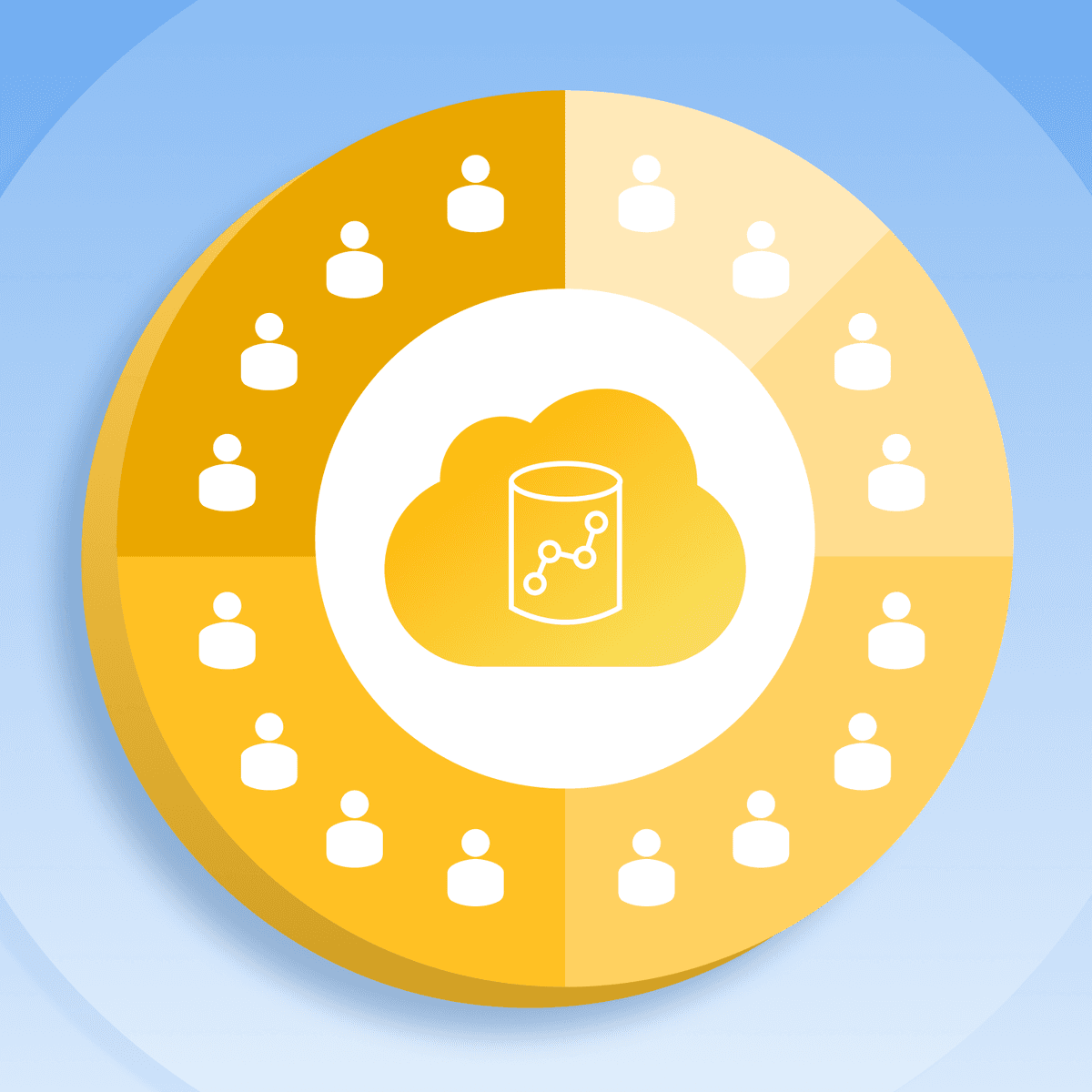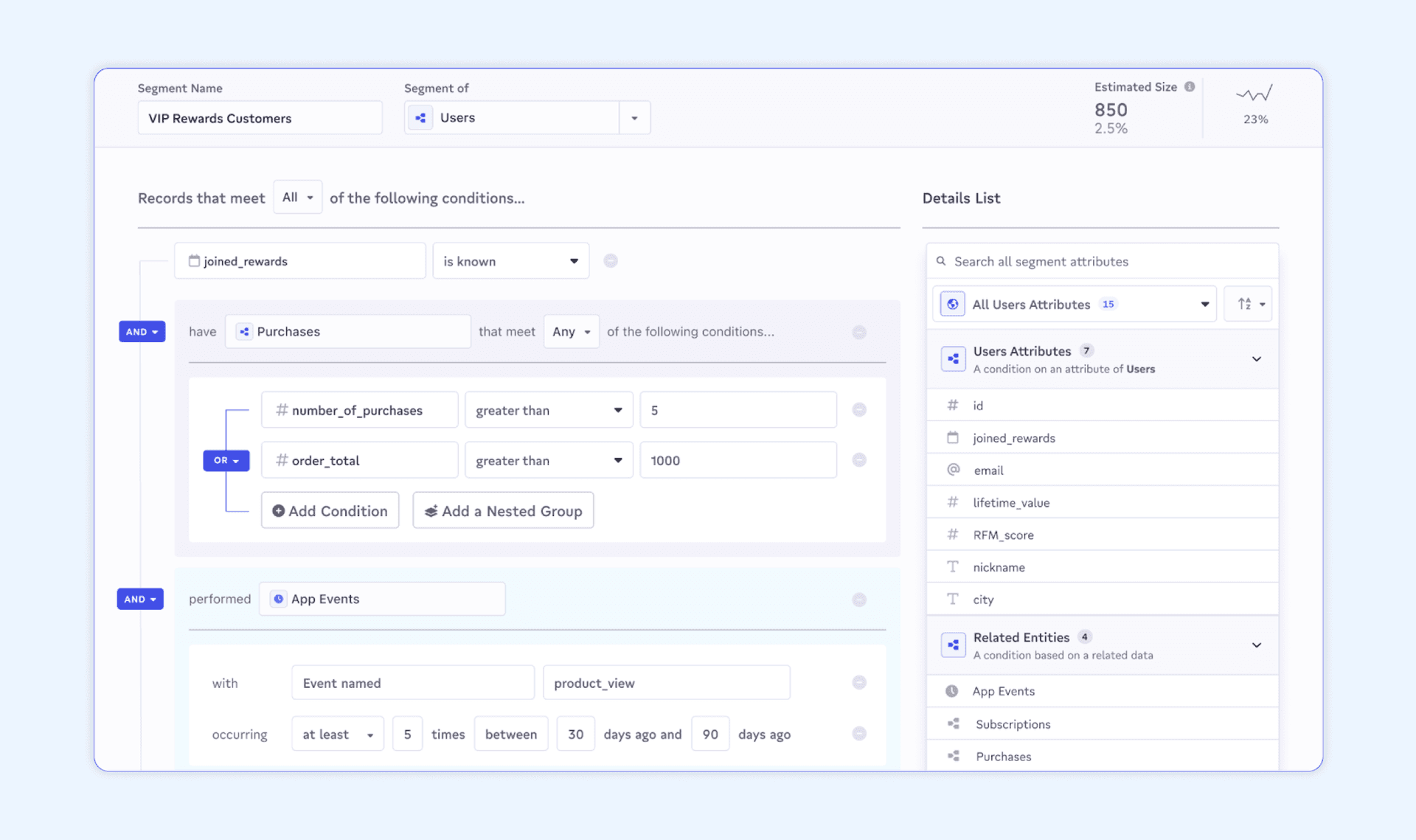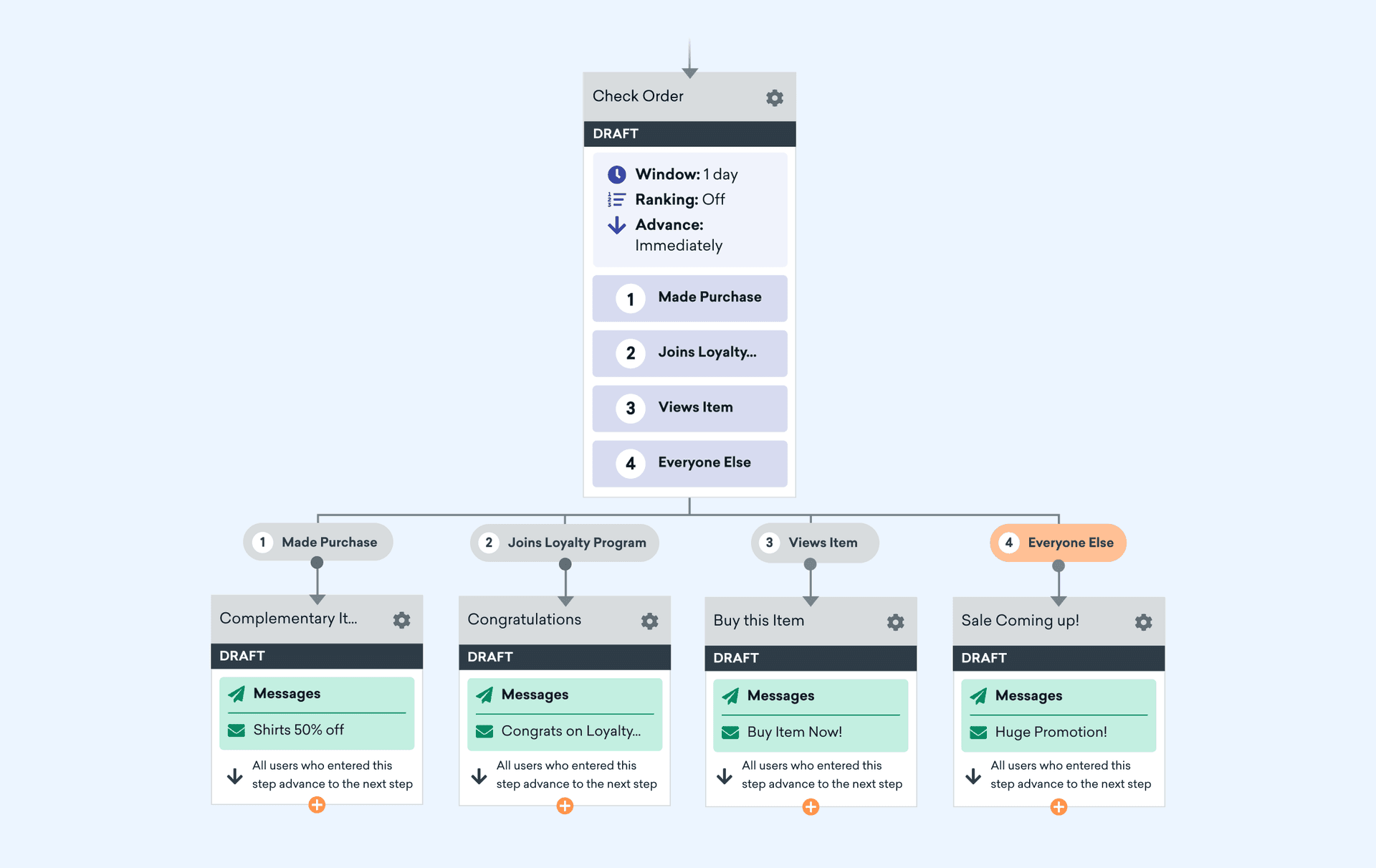Activating Your Data Warehouse for Segmentation and Personalization
Published on May 08, 2023/Last edited on May 08, 2023/6 min read


Katy Yuan
Product Marketing Manager, CensusDynamic personalization is a necessity for brands looking to stand out in today's crowded marketplace. Without a complete picture of your customers, you risk delivering generic or incorrect messages, which leads to subpar personalization and frustration for 76% of consumers.
The foundation of effective customer engagement is the ability to accurately segment audiences and personalize messages based on real-time, first-party data. Unfortunately, data silos prevent many brands from delivering personalized, data-driven experiences to their customers. The majority of brands face significant challenges when it comes to activating data from multiple sources.
The good news is: It’s possible to unify your data and make it actionable in one place. One key technology for effective data activation? The cloud data warehouse.
To supercharge personalized marketing using Braze, take advantage of segmentation tools built directly on top of your data warehouse. In this article, we’ll show you how to use Census Audience Hub to create dynamic audiences with your 360 degree customer data—no code or engineering required!
Success Story from Canva: Using First-Party Data for Customer Segmentation and Personalization
Canva is a visual communication platform that has changed the way people design.
Its global community has rapidly grown to over 125 million monthly users who collectively have created over 15 billion designs - that’s 200 designs per second!
Canva activates their first-party data in Braze to deliver personalized, cross-channel experiences. They built a Composable Customer Data Platform (CDP) using Snowflake, Fivetran, dbt, and Census, with the ultimate goal of powering customer engagement in Braze.
The key to their success? A strong foundation of customer data that drives personalized marketing at scale, while prioritizing user security and privacy.
By using Census to send more data into Braze, Canva empowers its lifecycle marketing team to run segmentation experiments faster, resulting in more personalized, targeted customer experiences. For example, users receive differentiated messages based on their subscription tier (Canva Free, Pro, and Canva for Teams) as well as in-product usage (metrics like created 10 designs or tried the new Canva Video feature).
A major advantage of Canva’s Composable CDP approach is built-in security and governance. By using existing data infrastructure to drive marketing, Canva's lifecycle teams can access data rapidly while ensuring the privacy of sensitive customer data through the most sophisticated cloud security technology.
Key learnings from Canva: Building a robust and scalable data foundation makes first-party data more valuable and usable in Braze. But collecting data is just the beginning. The real value is in activating data to drive business decisions and revenue. Read the case study to learn more: How Canva activates customer data to personalize messages to 125M+ users.
3 Steps to Build Dynamic User Segments with First-Party Data
Data activation platforms like Census bridge the gap between marketing and data, and help the two teams collaborate more closely than ever before. Now, marketers can build audiences confidently with fresh, trustworthy data that’s approved by the data team.
Here’s how to get started with dynamic segmentation on your customer data—without requiring code or CSV uploads:
1. Unify data from multiple sources in your cloud data warehouse
The first step to effective segmentation is unifying all your first-party customer attributes, touchpoints, and activities into a single source of truth. This complete Customer 360 profile gives marketers the confidence to launch campaigns and experiment quickly, without being limited by lack of data.
For example, an eCommerce company would want to collect and unify these types of first-party data:
- User ID or email
- Customer Lifetime Value
- Product viewed
- Product is added to cart
- Payment completed
- Support ticket opened
- Return initiated
Only cloud data stores, like Snowflake, Redshift, Databricks, and BigQuery, have the complete customer and company-level information to be a source of truth for both analytics and activation.
Data teams adopted the warehouse because of its infinite flexibility and scalability, and now marketers can use data activation tools to take advantage of the cloud.
2. Build dynamic audiences on top of your source of truth
Segmenting customers into groups based on their behavior, demographics, or characteristics is essential for brands to demonstrate deep understanding of your customers. Better usage of data means more targeted messages that can drive stronger revenue and deeper customer loyalty.
For instance, you’ll likely deliver different types of messages to:
- VIP customers who have purchased multiple times, versus visitors who just signed up for your mailing list
- Users who sort the product page from Low-to-High price, versus those who buy high-end products
- Shoppers who browse in-store, on desktop, or on mobile
With the Census Audience Hub, it’s easy to build granular audiences on top of all your data and then sync those customer lists to Braze.
Audience Hub is a no-code audience builder that helps you instantly unlock the power of your first-party customer data. Any user, regardless of technical skill level, can easily create, explore, and manage segments on top of the data warehouse. You can segment across related objects like users, events, orders, and companies, without needing SQL or engineering help.

After creating your desired audiences, you can easily sync them to Braze cohorts in just a few clicks. This keeps your Braze audiences fresh because Census updates them in real time when your source data changes.
3. Take customer engagement to the next level with Braze
Putting an extensive data warehouse at your marketing team’s fingertips is just the start. Once you’ve leveraged first-party data to build segments, it’s time to take engagement to the next level. You can activate those new segments into Braze Canvas Flow, their customer journey orchestration tool, to boost conversions.
Canvas Flow’s Action Paths component helps marketers create tailored, next-best actions for users in order to personalize their experience even more deeply without requiring engineering support.

The Braze customer engagement platform can be used to create, optimize, and measure every interaction across the entire customer journey.
Key Takeaways
Activating first-party customer data in Braze is essential for businesses looking to supercharge their personalized marketing efforts. Our three key takeaways are:
- Data Activation is a must-have. Marketers need to be more data-driven than ever before, and data activation bridges the gap between data infrastructure and marketing action.
- Real-time segmentation is essential for personalization. If you want to build accurate, targeted campaigns, choose a solution built with the power to update audiences in real time and make your data available continuously.
- The right MarTech stack embraces data. Adopt customer engagement platforms that seamlessly integrate with your technology stack, instead of siloed tools that create multiple sources of truth.
To meet the rising expectations of your customers, start by empowering marketing, engineering, and IT teams to activate your 360° view of customer data.
With the help of Census and Braze, you can activate first-party data to unlock even more ROI, and reduce unnecessary costs and technical debt.
Ready to learn how Braze and Census can help you activate your data to drive higher revenue and retention rates? Check out the Braze Data Integration Guide or get an Audience Hub onboarding session.
Be Absolutely Engaging.™
Sign up for regular updates from Braze.
Related Content
View the Blog
How AI Decisioning Transforms Marketing (A Complete Guide)

Team Braze

AI decisioning cheat sheet: How to crawl/walk/run with BrazeAI Decisioning Studioᵀᴹ

Team Braze

A day in the life of a data scientist on the BrazeAIᵀᴹ forward-deployed engineering team
